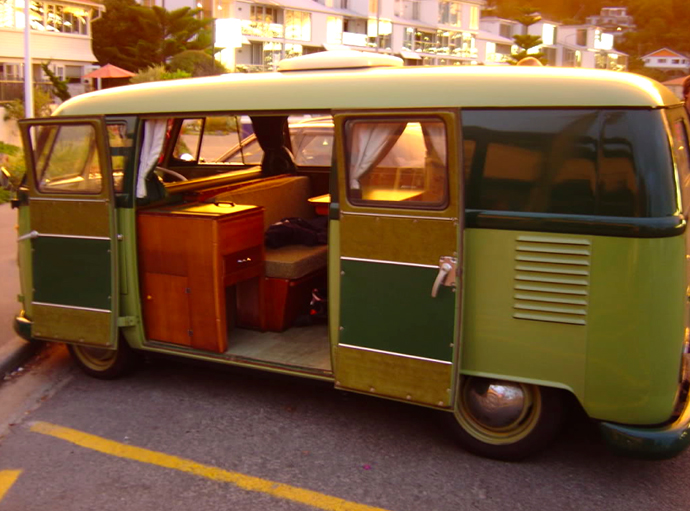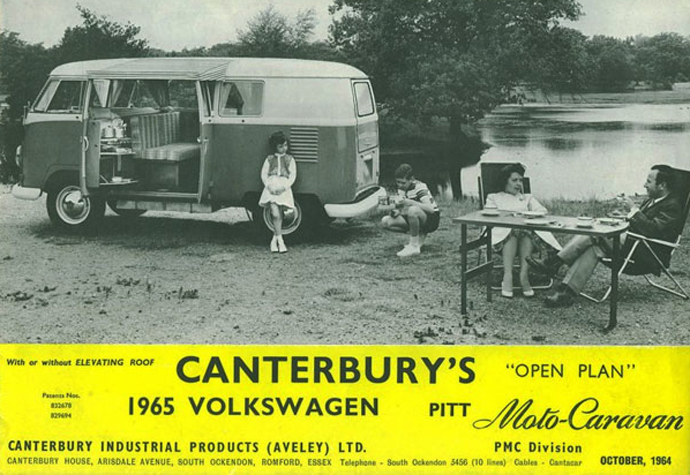We’re all very much used to the campervan concept, but where did it all start – and what were the first conversions here in the UK? We rummaged through the archives to find out…
Even prior to WW2, Porsche designed a van version of the Beetle, but it wasn’t until 1949 that the idea of a VW commercial was developed and eight prototypes were built. The Transporter was introduced a year later and by 1954, 100,000 had left the production line.
When the concept of a campervan was still a novelty in 1957, lots of firms looked into how the idea could be developed and done a lot better than early attempts by the likes Austin and Bedford. Moortown Motors of Leeds were the first to announce a VW based motor caravan and details appeared in the March 1958 issue of Autocar. Interestingly, originally a VW main dealer, there’s still a garage on the Whinbrook Crescent site which happens to specialise in secondhand VWs!

Inevitably other firms took notice and European Cars, the London distributors, came up with the novel name of ‘Slumberwagen’ for its creation. Back then, the cost of the conversion for the Moortown was £962 and the Slumberwagen £965 – a not inconsiderable amount given the time.

Also among the first to offer a camper were Lisburne Garages of south Devon, which used the more recognised trade name ‘Devon’ which were subsequently manufactured by JP White of Sidmouth.

In 1961, Martin Walter set up Dormobile who also added the VW to its list of vehicles sporting the distinctive side hinged elevating roof.
Of course back then, fully kitted out the van’s diminutive 1192cc engine had its work cut out and in an Autocar test the Slumberwagen with Calthorpe elevating roof, only managed a top speed of 54mph, while the Devon faired marginally better, managing 61mph.

As well as disappointing performance, Autocar’s tests of the campervans from this era also criticised the ride, describing it as “ultra hard and uncomfortable on a long trip.” They also slated stability, particularly in side winds. However, they liked the brakes and its ability to cruise at more or less maximum speed, “making it much faster than the figures suggest,” adding that the Dormobile “sings along happily around the 60mph mark.”
The publication muted that it would be good to have the newly announced 1500 engine in the camper and sure enough, they were impressed when they tested a Canterbury-Pitt in 1966 which reached a heady 70mph on a test, even if fuel economy had dipped to 22mpg.

In 1967 VW’s new bay window was called the Clipper until they were obliged to find another name as it was already being used by another manufacturer, although if we are right in thinking the name was given to a special edition Golf Cabriolet in the 1980s.

Despite sporting a 1584cc engine, it was slightly slower when tested, only managing 67mph – although the much better independent rear suspension with trailing links in place of the earlier swing axle made up for any disappointment. As did the addition of a sliding door.
The rest, as they say, is history.
Ian
The opinions expressed here are the personal opinions of the author and do not necessarily represent the views and opinions of VW Heritage

